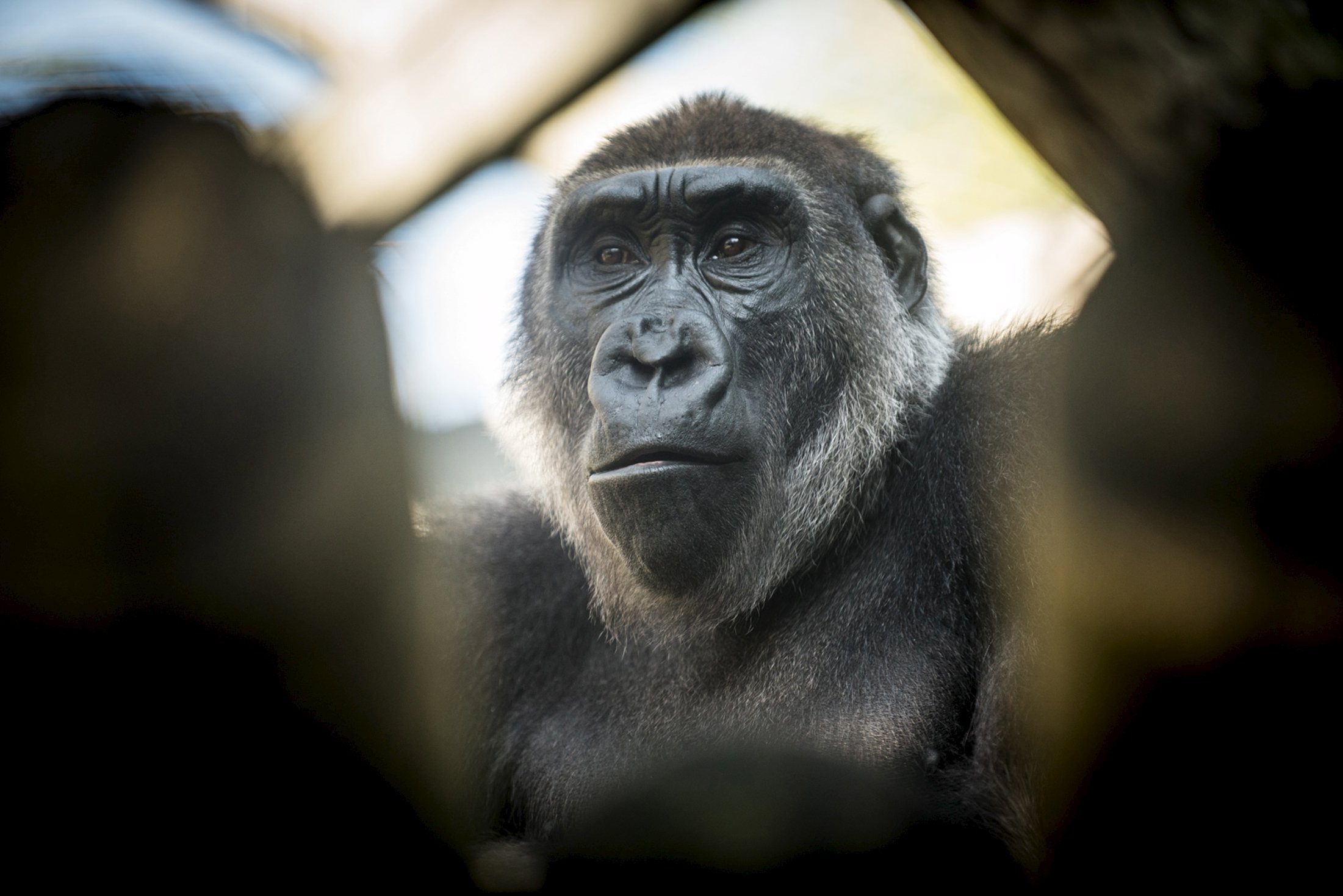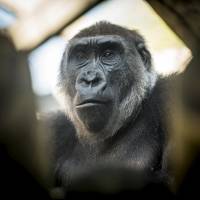A gorilla named Susie is helping provide fresh insight into the genetic similarities and differences between people and these endangered apes that are among our closest living relatives.
Scientists on Thursday unveiled an upgraded version of the gorilla genome based on DNA from Susie, an 11-year-old Western lowland gorilla at the Columbus Zoo and Aquarium in Ohio, that fills in many gaps present in the first gorilla genetic map published in 2012.
The new research revealed that gorillas and humans are slightly more closely related genetically than previously recognized, with the genomes diverging by just 1.6 percent. Only chimpanzees and bonobos are more closely related to humans.
The new genome shows that some areas of genetic differences include: the immune and reproductive systems; sensory perception; the production of keratin, a key protein in the structure of hair, fingernails and skin; and the regulation of insulin, the hormone that governs blood sugar levels.
"The differences between species may aid researchers in identifying regions of the human genome that are associated with higher cognition, complex language, behavior and neurological diseases," said University of Washington genetic researcher Christopher Hill, one of the lead authors of the study published in the journal Science.
"Having complete and accurate reference genomes to compare allows researchers to uncover these differences," Hill added.
The University of Washington lab that spearheaded the study is working to create a comprehensive catalog of genetic differences between humans and the great apes: gorillas, orangutans, chimpanzees and bonobos.
Recent studies have estimated that the gorilla and human evolutionary lineages split about 12 million to 8.5 million years ago, Hill said.




